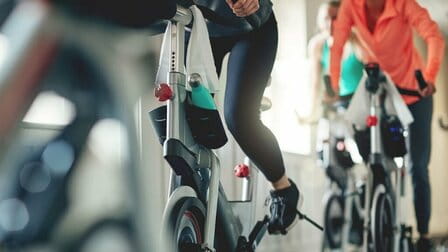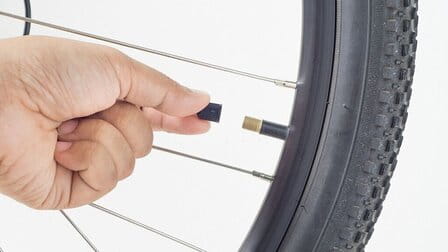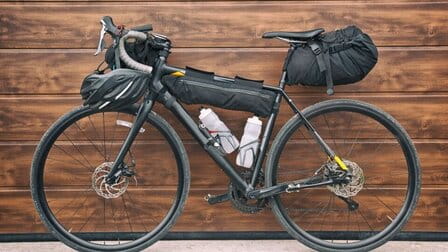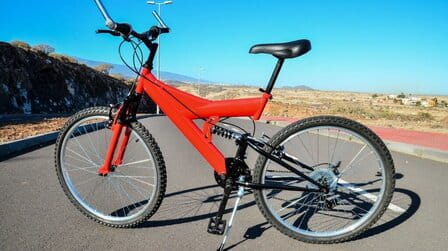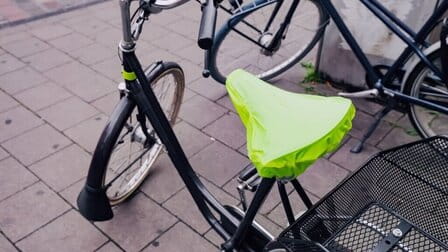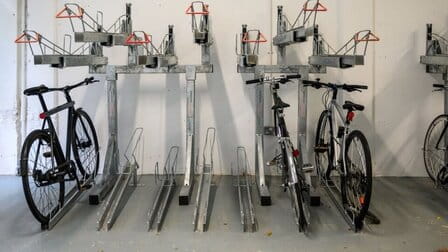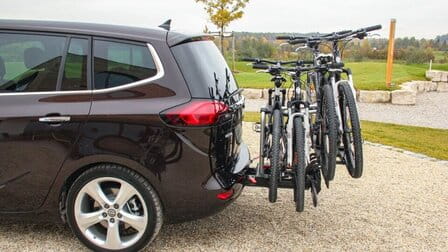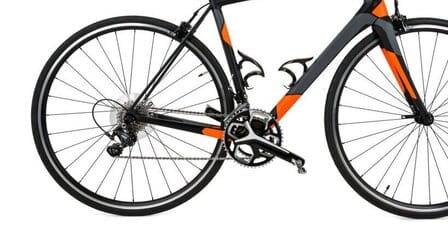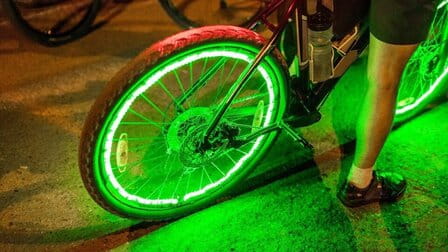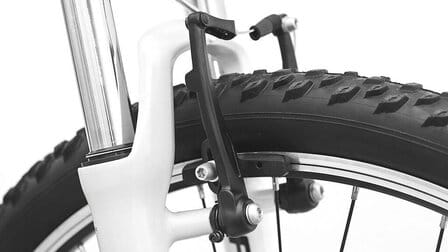A waterproof trouser or rain pants, they are waterproof to help you stay dry even in heavy rain. Besides, they can be combined with raincoats to make raincoats. This part is not forced but they are certainly the perfect combination for inclement weather. The waterproof trouser is made of plastic or coated nylon, known to be a popular waterproof material often used in conjunction with breathable waterproof fabrics such as Gore-Tex.
In fact, these trousers come in many different styles, each suitable for certain outdoor activities; You can carry from lightweight adventure racing gear in case of emergency, to tough, durable hiking pants designed to withstand cold weather. In general, the waterproof trouser has many functions that make it waterproof suitable for different activities.
For waterproof trousers designed with a base layer of leggings or trousers for protection in wet conditions. In addition, some are also made of microporous fabrics such as Gore-Tex or eVent. Because these fabrics contain a membrane that creates many microscopic holes for water to pass through.
At the same time, the water will form granules on the outer surface, which will dry out or run off. On the other hand, microporous membranes are sandwiched between a protective outer fabric and they are covered with a durable water-repellent layer; An inner fabric layer adds comfort. To understand the special features and characteristics of the waterproof trouser, please see our share below.
1. Types of layers for waterproof trousers
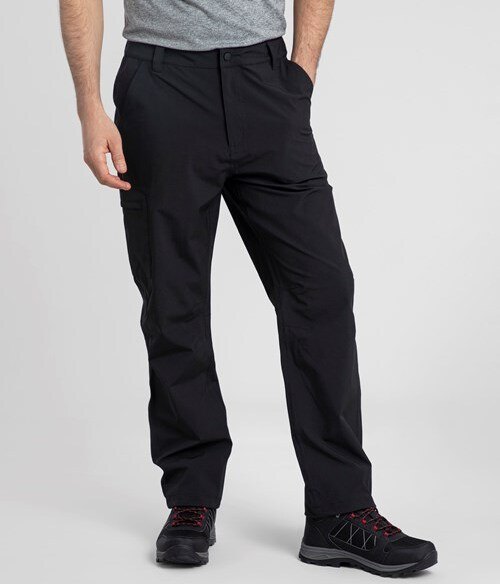
Nearly all waterproof trousers use a membrane to prevent rain from snow, sleet, and hail. The most commonly known construction is a 2.5 layers blister fabric that is bonded to the face fabric and supported by a printed or raised inner half layer.
Next is the 2-layer fabric that will usually not have the back lining, but they will replace it with the typical drop mesh lining. In general, double-layer fabrics are cheap and comfortable, but bulky, heavier, and warm. The other 3 layers have a waterproof breathable membrane, they are sandwiched between the face fabric and the back of the twill or scrim fabric, providing solid protection and long-lasting use. Most other waterproof pants don't use a membrane, it is just a durable waterproof treated shell fabric like Nikwax, combined with a polyurethane inner coating.
2. Materials of waterproof trousers
The fabrics most commonly used in waterproof trousers are an indicator of the intended use of the product, known for their waterproof performance but varying degrees of durability and performance.
In general, the most commonly used ultralight fabrics for waterproof trousers are designed for emergency use.
On the other hand, heavy fabrics have a lot of roughness and durability for better protection. They are meant to be worn all day in cold weather conditions. In addition, seams on waterproof clothing must be sealed. Also known as taping seams, it ensures that water does not enter through the stitching holes in the fabric. As the brand GORE-TEX offers a wide range of different performance fabrics to suit each activity. They mainly use a membrane to customize the protective face fabric and the linings to balance performance and durability.
3. Waistband of waterproof trousers

Depending on the choice of different waistbands, they will be similarly flexible. Most pants come with an elastic waistband, which will make it easier to pull over the top of other pants. But good engineering garments will always have a bib and brace front attached to hold them together. As a result, they will have less weight on the waist, making them comfortable to wear with the belt and waistband. Besides, it also supports better coverage when you climb high.
4. Leg and ankle zips of waterproof trousers
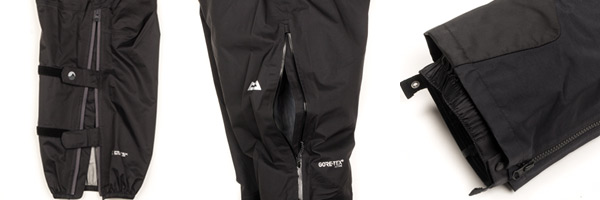
Assuring waterproof protection, installing a zipper on the side of waterproof trousers can make it easy to carry up and down hills without having to take off your shoes. On the other hand, they can vary from a simple zipper at the ankle to a two-way zipper for ventilation up and down as you need it.
While waterproof pants are breathable, they can also generate excess heat during intense activity. In contrast to more waterproof trousers, there will be more sturdy fabric inside. This can improve durability in areas of high abrasion, while the waterproof inner design has an inner sleeve to prevent heavy rain and snow from getting inside the trouser leg.
5. Types of waterproof trousers

There are two types of waterproof trousers on the market: overtrousers and all day trousers.
- Overtrouser: These are waterproof pants for emergencies when the weather is bad, they are often combined with exercise clothes. Waterproof trousers are used only in inclement weather as they are capable of providing coverage during random rain.
- Wear all day trousers: they will take longer from outdoor activities, they are also worn in daily life. They feature extra skin on the outside of the waterproof pants without adding layers.
Overall, both offer their own benefits; However, it is still based on general needs such as personal preferences and expected weather conditions when faced with exercise. Whether you choose the overtrouser or wear all day trousers, they will meet your waterproof needs.
6. Ventilation of waterproof trousers

When you are working for a long day, you cannot avoid the sweat glands coming out and condensation and moisture build up inside the waterproof layer. Many types of the waterproof trousers include 3/4 length zippers that run along the side of the leg, allowing them to be opened for more air.
Mostly, they are designed to be put on and taken off in random weather. And now all brands of the waterproof trousers have zips at the legs and elastic waistbands, allowing you to put them on and take them off without first taking off your shoes. What's more, once the buttons are on, the Velcro ankle tabs help seal around the boot or shoe, ensuring that your feet stay dry. In it, a drawstring inside the waistband can be tightened for a snug fit and out of the rain.
7. Comfortable
Surely everyone wants a certain amount of comfort in their clothes. It's always advisable to try on waterproof pants before you buy them, as there's plenty of room to flex your legs while walking or climbing. For the shaped or articulated knee support, the knee flexes comfortably for unrestricted movement.
8. Caring the waterproof trousers
Many people think that washing the waterproof user will gradually lose the waterproof layer. But not necessarily, as they can prolong the long-term use of the pants. The reduction of waterproof coatings due to dirt and oil on the sweat glands and sunscreen reduces the effectiveness of the waterproof coating.
You should use liquid soap or mild detergent to remove dirt and oil, then dry clean and iron on a cool setting. Note that fabric softener should not be used because it contains oils or perfumes that remain on the fabric. In case the water resistance is reduced, you should use a waterproof product against washing water to increase coverage.
9. Fit of waterproof trousers
What people care most about is the fit of the waterproof suit. Depending on the size trend of the user's body, there will be many different sizes. If you want them to be comfortable, choose one size larger than your body size, which is also helpful because you also don't want a loose pair of pants to be affected by the wind. Regardless of the type of pants you have, you should look for one that has enough space to move around comfortably without causing much of a problem.
Conclusion
Check out the information on the waterproof trousers for cycling that gearinstant have just provided. We believe that it brings you more comfort and confidence for your trip. Not only does it protect under immediate heavy rain, but also keeps your body warm to prevent you from feeling tired while acting outside. Check out the waterproof trousers for your needs.

